
My Generation is the debut studio album by English rock band the Who, released on 3 December 1965 by Brunswick Records in the United Kingdom, and Festival Records in Australia. In the United States, it was released on 25 April 1966 by Decca Records as The Who Sings My Generation, with a different cover and a slightly altered track listing. Besides the members of the Who, being Roger Daltrey (vocals), Pete Townshend (guitar), John Entwistle (bass) and Keith Moon (drums), the album features contributions by session musician Nicky Hopkins (piano).
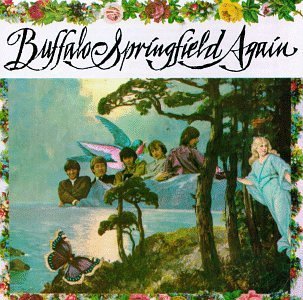
Buffalo Springfield Again is the second album by Buffalo Springfield, released on Atco Records in October 1967. The album features some of the group's best-known songs, including "Mr. Soul", "Bluebird", "Expecting to Fly" and "Rock & Roll Woman", all of which were released as singles. In contrast to the band's hastily made debut album, recording for Again took place over a protracted nine-month span and was fraught with dysfunction, with each member eventually producing his own material largely independent of one another.

Let It Bleed is the eighth studio album by the English rock band the Rolling Stones, released on 28 November 1969 by London Records in the United States and on 5 December 1969 by Decca Records in the United Kingdom. Released during the band's 1969 American Tour, it is the follow-up to Beggars Banquet (1968), and like that album is a return to the group's more blues-oriented approach that was prominent in the pre-Aftermath (1966) period of their career. Additional sounds on the album draw influence from gospel, country blues and country rock.

Tapestry is the second studio album by American singer-songwriter Carole King. Produced by Lou Adler, it was released on February 10, 1971, by Ode Records. The album's lead singles, "It's Too Late" and "I Feel the Earth Move", spent five weeks at number one on both the Billboard Hot 100 and Easy Listening charts.

Beggars Banquet is the seventh studio album by the English rock band the Rolling Stones, released on 6 December 1968 by Decca Records in the United Kingdom and by London Records in the United States. It was the first Rolling Stones album produced by Jimmy Miller, whose production work formed a key aspect of the group's sound throughout the late 1960s and early 1970s.
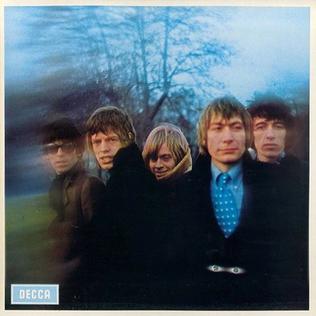
Between the Buttons is the fifth British and seventh American studio album by the English rock band the Rolling Stones, released on 20 January 1967 in the UK and 10 February in the US. Reflecting the band's brief foray into psychedelia and baroque pop balladry during the era, the album is among their most eclectic works; multi-instrumentalist Brian Jones frequently abandoned his guitar during the sessions in favour of instruments such as organ, marimba, dulcimer, vibraphone and kazoo. Keyboard contributions came from two session players: former Rolling Stones member Ian Stewart and frequent contributor Jack Nitzsche. Between the Buttons would be the last album produced by Andrew Loog Oldham, who had, to this point, acted as the band's manager and produced all of their albums.
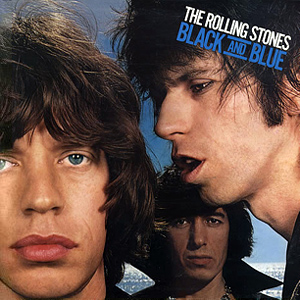
Black and Blue is the thirteenth studio album by the English rock band the Rolling Stones, released on 23 April 1976 by Rolling Stones Records.

Emotional Rescue is the fifteenth studio album by English rock band the Rolling Stones, released on 23 June 1980 by Rolling Stones Records. Following the success of their previous album, Some Girls, their biggest hit to date, the Rolling Stones returned to the studio in early 1979 to start writing and recording its follow-up. Full-time members Mick Jagger (vocals), Keith Richards (guitar), Ronnie Wood (guitar), Bill Wyman (bass) and Charlie Watts (drums) were joined by frequent collaborators Ian Stewart (keyboards), Nicky Hopkins (keyboards), Bobby Keys (saxophone) and Sugar Blue (harmonica).
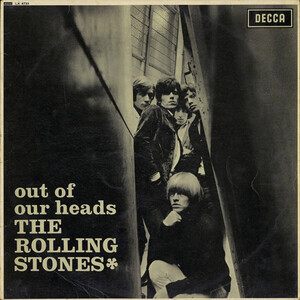
Out of Our Heads is the third studio album by the English rock band the Rolling Stones, released in two editions with different covers and track listings. In the US, London Records released it on 30 July 1965 as the band's fourth American album, while Decca Records released its UK edition on 24 September 1965 as the third British album.

Chicago VI is the fifth studio album by American rock band Chicago and was released on June 25, 1973, by Columbia Records. It was the band's second in a string of five consecutive albums to make it to No. 1 in the US, was certified gold less than a month after its release, and has been certified two-times platinum since. It is the first album to feature percussionist Laudir de Oliveira, who would become a full-fledged member of the band for Chicago VIII. VI is the first studio album to feature the original band members on the cover before the death of leader and co-founder Terry Kath.

Honky Château is the fifth studio album by English musician Elton John. It was released on 19 May 1972, and was titled after the 18th century French chateau where it was recorded, Château d'Hérouville. The album reached number one on the US Billboard 200, the first of John's seven consecutive US number one albums.
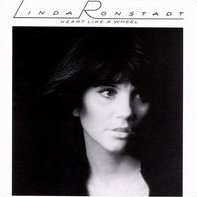
Heart Like a Wheel is the fifth solo studio album by Linda Ronstadt, released in November 1974. It was Ronstadt's last album to be released by Capitol Records. At the time of its recording, Ronstadt had already moved to Asylum Records and released her first album there; due to contractual obligations, though, Heart Like a Wheel was released by Capitol.

12 × 5 is the second American studio album by the English rock band the Rolling Stones, released in 1964 following the success of their American debut The Rolling Stones . It is an expanded version of the EP Five by Five, which had followed their debut album in the UK.

Flowers is the second compilation album by the Rolling Stones, released in June 1967. The group recorded the songs at various studios dating back to 1965. Three of the songs had never been released: "My Girl", "Ride On, Baby" and "Sittin' on a Fence", the first of which was recorded in May 1965 during the sessions for "(I Can't Get No) Satisfaction", and the other two of which were recorded in December 1965 during the first lot of Aftermath sessions. The rest of the album tracks either appeared as singles or had been omitted from the American versions of Aftermath and Between the Buttons.

Metamorphosis is the third compilation album of the Rolling Stones music released by former manager Allen Klein's ABKCO Records after the band's departure from Decca and Klein. Released in 1975, Metamorphosis centres on outtakes and alternate versions of well-known songs recorded from 1964 to 1970.

Boys and Girls is the sixth solo studio album by English singer and songwriter Bryan Ferry, released on 3 June 1985 by E.G. Records. The album was Ferry's first solo album in seven years and the first since he had disbanded his band Roxy Music in 1983. The album was Ferry's first and only number one solo album in the UK. It was certified Platinum by the British Phonographic Industry (BPI) and contains two UK top 40 hit singles. It is also Ferry's most successful solo album in the US, having been certified Gold for sales in excess of half a million copies there.
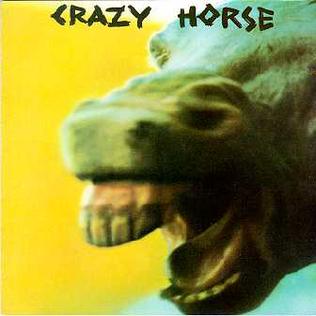
Crazy Horse is the debut album by Crazy Horse, released in 1971 by Reprise Records. It is the only album by the band to feature Danny Whitten recorded without Neil Young, and it peaked at No. 84 on the Billboard 200 album chart.
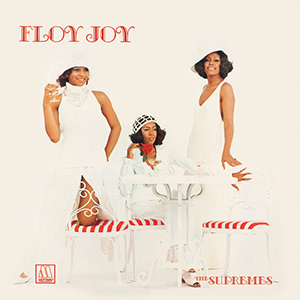
Floy Joy is the twenty-fifth studio album released by The Supremes on the Motown label. This was the only Supremes album solely produced and arranged by Smokey Robinson and included the U.S. top 20 hit, "Floy Joy" and the U.S. top 40 hit, "Automatically Sunshine", both of which were top 10 hits in the U.K.

The Immortal Otis Redding is a posthumous studio album by the American soul recording artist Otis Redding, released in June 15, 1968 by Atco Records. It compiles 11 songs recorded by Redding in a three-week stretch of sessions that concluded days prior to his death in December 1967. "The Happy Song (Dum-Dum)" was the only song previously released, having been a single in April 1968. The Immortal Otis Redding featured four charting singles including "The Happy Song", "I've Got Dreams to Remember", "Amen", and "Hard to Handle".

How I Do is the debut studio album by American singer Res. It was co-written by Santi White, produced by Martin "Doc" McKinney, and released by MCA Records on June 26, 2001. The album charted for nine weeks on the Billboard 200, with the singles "Golden Boys" and "They-Say Vision" also charting.




















